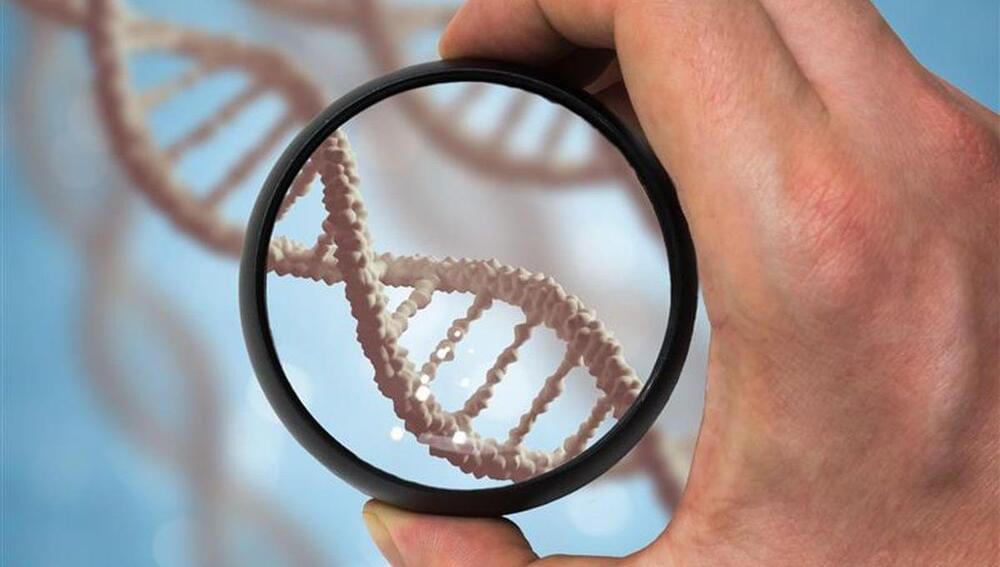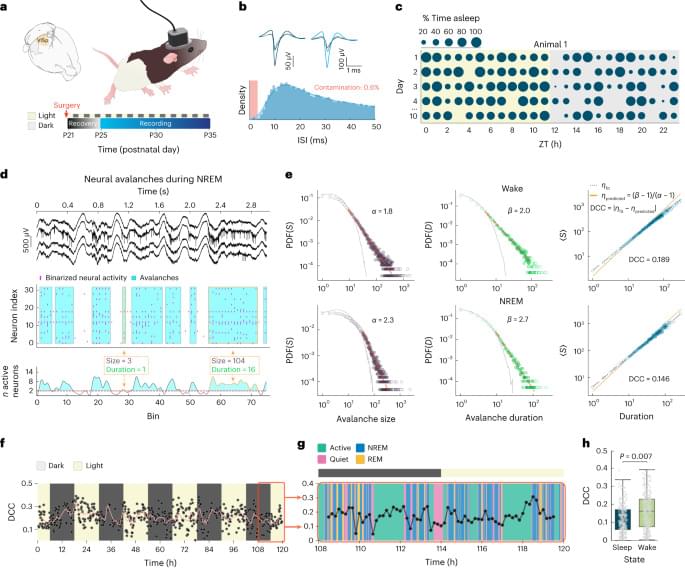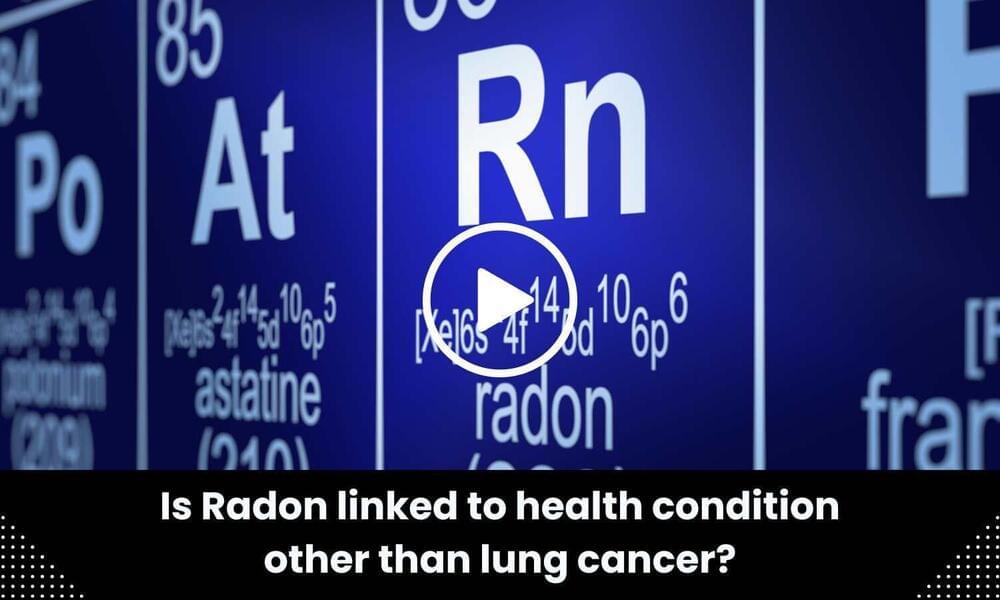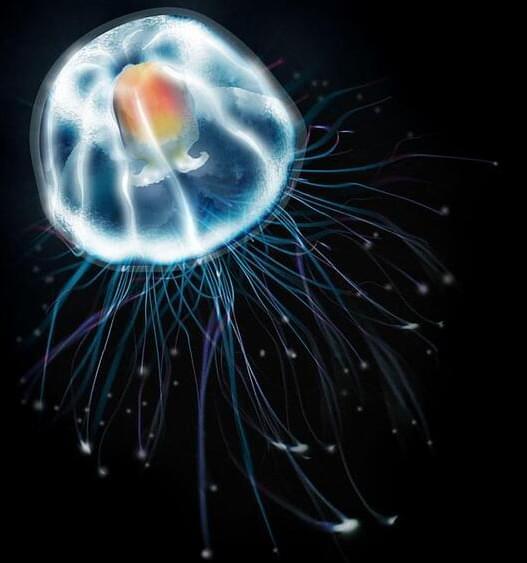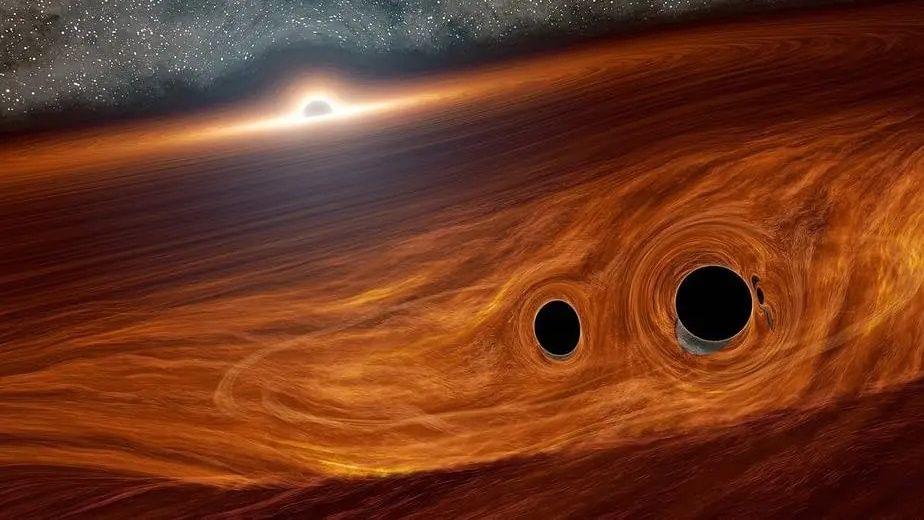In a thin film of phase-change materials, photonic circuits can be directly written, erased, and modified by a laser writer.
Researchers from the Helmholtz-Zentrum Dresden-Rossendorf and Dresden University of Technology have unraveled the water adsorption mechanism in certain microporous materials—so-called hierarchical metal-organic frameworks (MOFs)—while probing them on the atomic scale.
Discovered only about 25 years ago, their special properties quickly led to a reputation as “miracle materials”—which, as it turned out, can even harvest water from air. The researchers describe how the material achieves this in ACS Applied Materials & Interfaces.
“These very special materials are highly porous solids made of metals or metal-oxygen clusters which are connected in a modular way by pillars of organic chemicals. This 3D arrangement leads to networks of cavities reminiscent of the pores of a kitchen sponge. It is precisely these cavities that we are interested in,” says Dr. Ahmed Attallah of HZDR´s Institute of Radiation Physics.
New research challenges the long-held idea that evolution is always random, and could have massive implications for addressing real-world issues.
Researchers are discovering the shortest knots and fattest Möbius strips, among other “optimal shapes.”
Unraveling the Enigma of Sleep: A Critical Exploration of Cortical network Dynamics.
Sleep has long been recognized as a fundamental physiological process, crucial for the well-being of both humans and animals.
Xu et al. show that waking progressively disrupts neural dynamics criticality in the visual cortex and that sleep restores it. Deviations from criticality predict future sleep/wake behavior better than prior behavior and slow-wave activity.
Radon, a naturally occurring radioactive gas produced when metals like uranium or radium break down in rocks and soil, is a known cause of lung cancer. Now new research has found exposure to high levels of this indoor air pollutant is associated with an increased risk of another condition in middle age to older female participants with ischemic stroke. The study is published in the January 3, 2024, online issue of Neurology, the medical journal of the American Academy of Neurology. Ischemic stroke is caused by a blockage of blood flow to the brain and is the most common type of stroke.
The condition, called clonal hematopoiesis of indeterminate potential (CHIP), develops when some hematopoietic stem cells, the building blocks for all blood cells, undergo genetic mutations as a person ages. Cells with such mutations replicate more quickly than cells without them. Previous research has shown people with CHIP may have a higher risk of blood cancers like leukemia and cardiovascular disease including stroke.
The study involved 10,799 female participants with an average age of 67. Approximately half of participants had a stroke or blood clots.
An AI-generated article about a murder that never happened in New Jersey has police and local news outlets in a tizzy.
During our lives, normal exposures cause DNA damage to build up. Eventually, this causes cancer and age-related diseases. Studying DNA-repairing animals could help treat these issues.
To that end, Caplan is part of a crew that posits the dark matter portion of the dark universe could very well be made up of not particles like we imagine, but instead a huge number of atom-size black holes produced during the dawn of the universe, each of which is about as massive as a typical asteroid in our own solar system. “I think all dark matter candidates are just a little bit wild,” Caplan, who is an assistant professor of physics at Illinois State University, told Space.com. “Some guesses are better than others, and primordial black holes are taken seriously. I’ll go so far as to say I think they’re popular.”
But to turn the hypothesis into fact, he says, scientists have to actually find one of these miniscule ancient voids — which brings us to this new black-hole-sun conversation. Potentially, Caplan and his co-authors say in their papers, some of those ultrasmall black holes might’ve gotten caught up in dust clouds in the midst of forming stars. Potentially, they might’ve ended up literally lodged in those eventual sparkling oceans of plasma. Potentially, they might still be there.
So, no, there is probably not a black hole in the center of our star — but there might be other stars gallivanting through space with black holes indeed wedged within their hearts.


